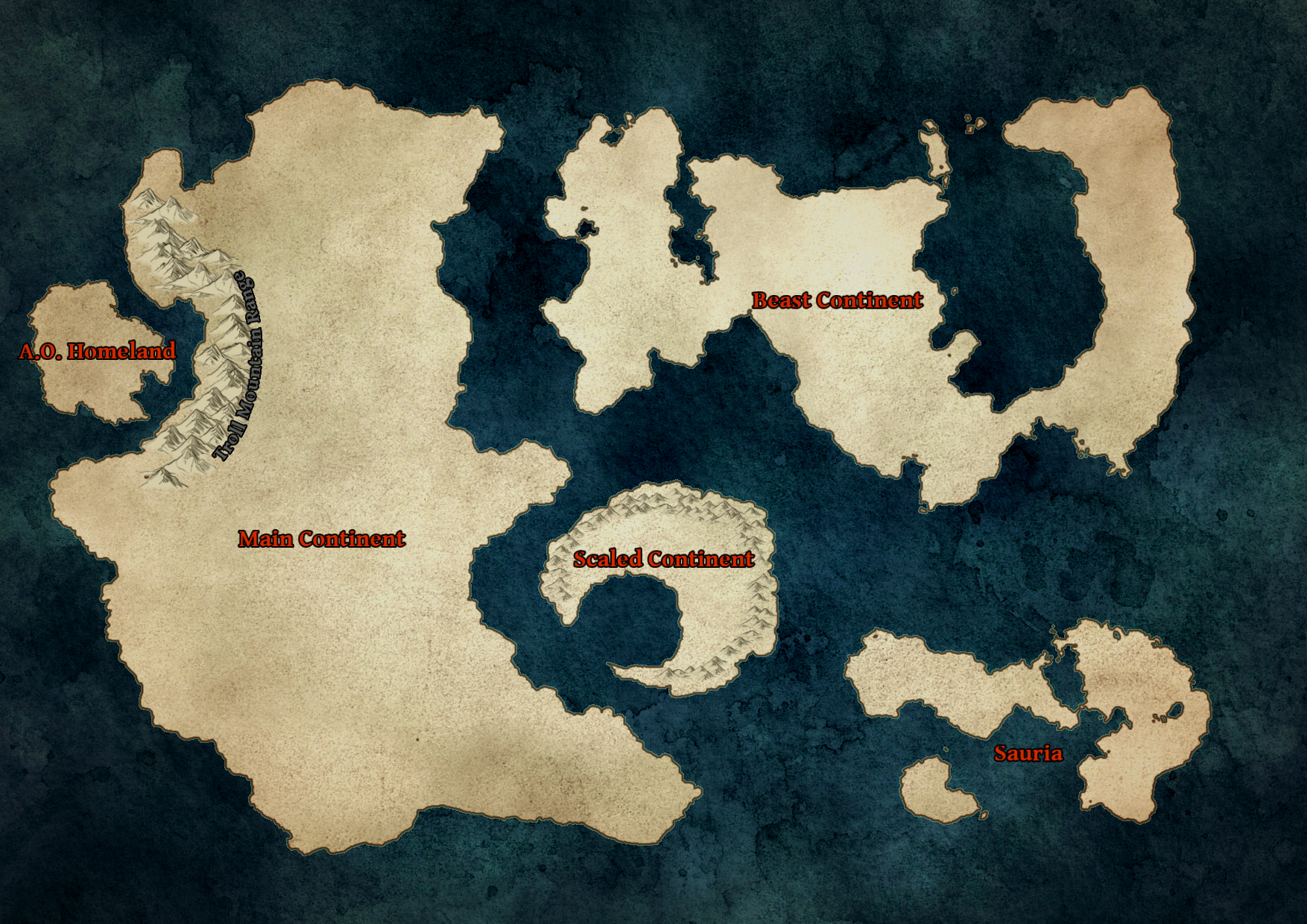Giant Flytrap
Basic Information
Anatomy
These huge plants have many stalks that end in green toothy jaws.
Biological Traits
Movement
Semi-mobile.
Ecology and Habitats
They are native to temperate swamps and bogs with poor soil and lots of wildlife.
Dietary Needs and Habits
These dangerous predators are capable of limited movement to get into better ambush positions. Their leafy jaws are capable of engulfing any prey human sized or smaller. Once the jaws close a digestive enzyme will flood the jaws, either suffocating the prey or burning it to death from the digestive juices.
Behaviour
Their excellent camouflage means that most potential threats don't notice this plant, but when they are spotted they are highly aggressive.
Additional Information
Social Structure
Solitary.
Geographic Origin and Distribution
Native to the 'Scaled Continent'.
Remove these ads. Join the Worldbuilders Guild



Comments